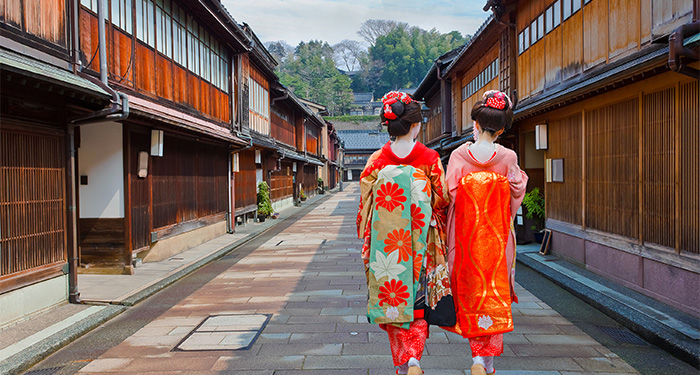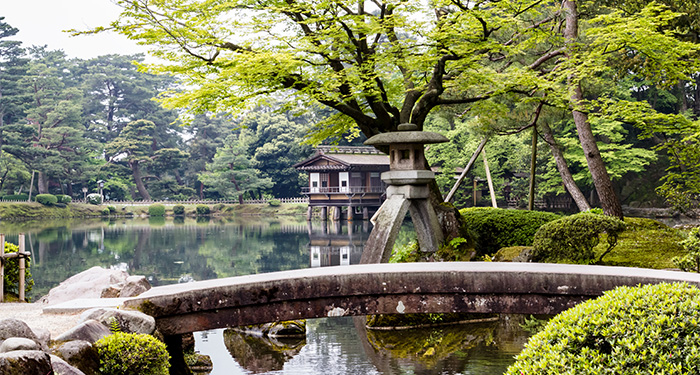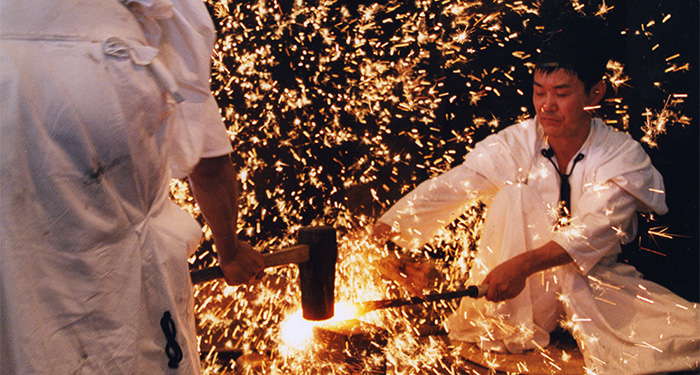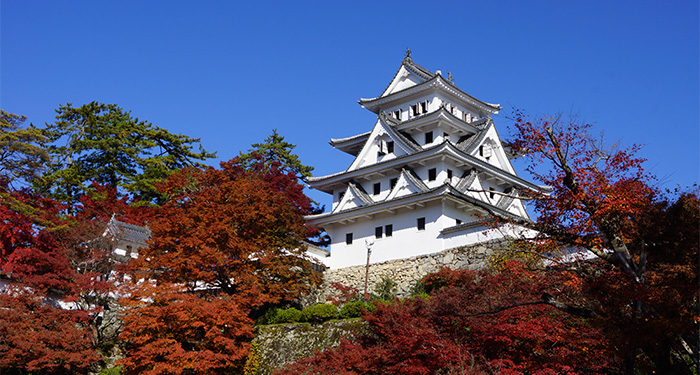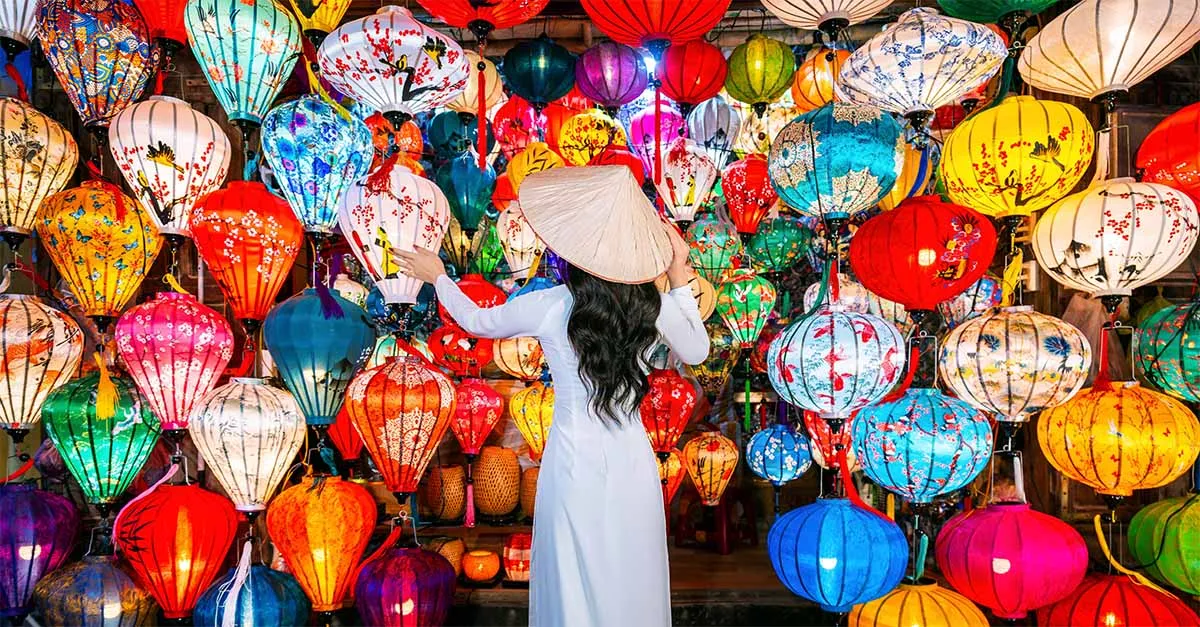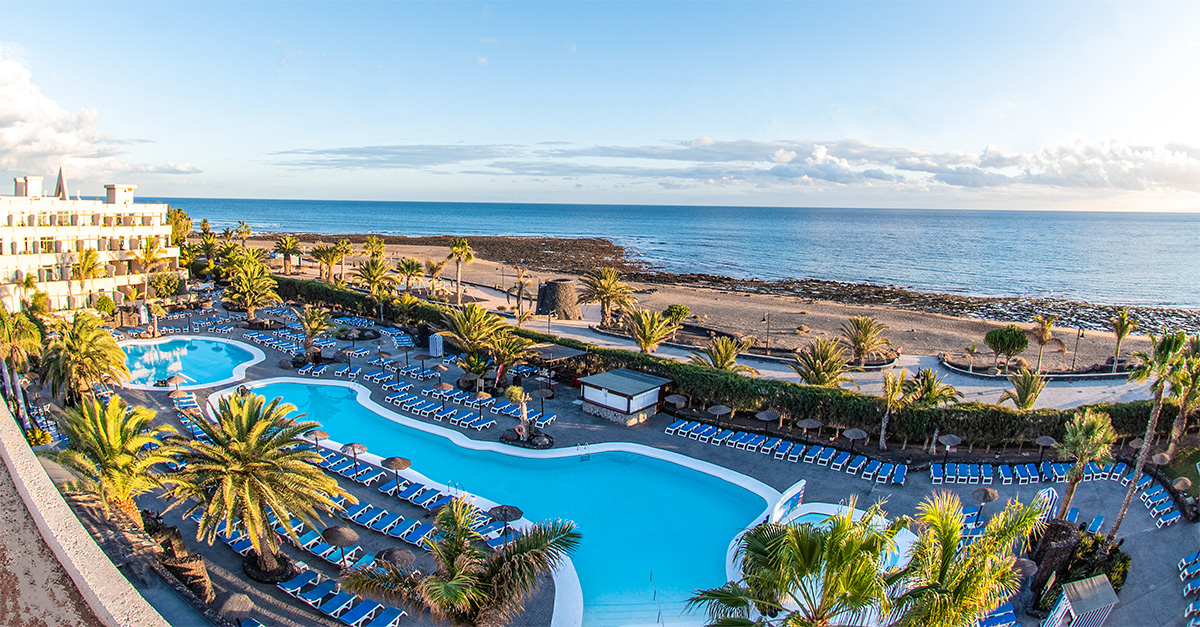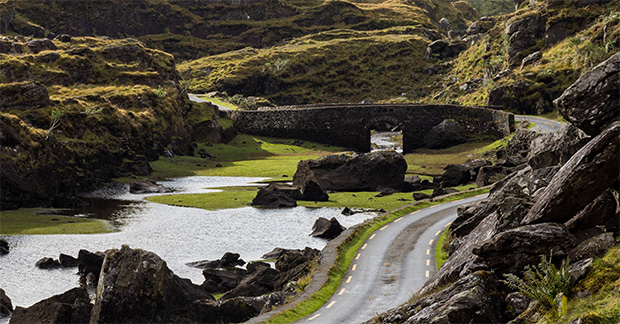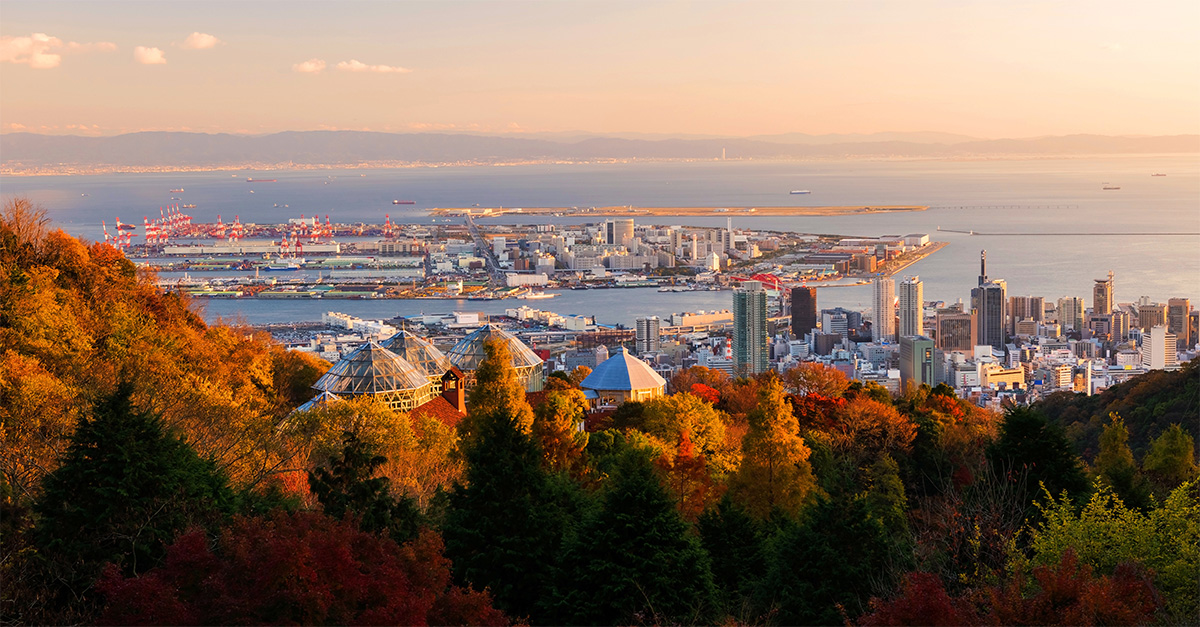You are viewing 1 of your 2 free articles
Japan: Exploring less-travelled Gifu and Ishikawa
See where traditional cultures are very much alive by swapping the busy Golden Route for lesser-known prefectures, says Qin Xie
Click here to download and save as a PDF
Good morning,” an upbeat voice chirps over the loudspeaker, awakening me from the sluggishness of a long-haul flight. “This is your captain speaking. We’ll shortly be making our descent into Tokyo Haneda, where the local time is 6am.
For those of you sitting on the left, we should be seeing a very nice view of Mount Fuji shortly.” I peer out of the window and Fuji’s unmistakable snow-dusted summit, cast in shades of pinks and purples by the breaking dawn, comes into view.
It’s breathtaking, even from this distance – and emotional too, considering how long this majestic view has been off limits due to border closures. But Fuji and the other big hitters aren’t my target. Instead, I’m venturing west to two lesser-known regions of Japan.

Gifu prefecture
My first stop is Gifu, just over two hours from Tokyo on the Shinkansen bullet train. Dominated by high mountains and river plains at the base of steep valleys, this landlocked prefecture is a literal breath of fresh air compared to Japan’s populous cities – and you can be as active or relaxed as you like.
The 8km Magome Pass, through forests and past waterfalls, is particularly popular with hikers. It’s a segment of the Nakasendo trail, which connects two Edo-era (1603 to 1867) post towns, Magome and Tsumago. While in Hida – a city with the same charming traditional wooden houses as better-known Takayama – you can cycle along bucolic country lanes and learn about the production of its prized wagyu beef, before sipping tea made from fresh spring water.
Admittedly, the highlight for me is much more sedate – sampling sake in Iwamura, soaking in Gero’s healing onsen (hot spring) baths, then enjoying a kaiseki dinner, a sumptuous meal featuring multiple courses of small plates. Perhaps it’s the jetlag but I can’t remember the last time I slept so well.
Blacksmiths still hand-forge everything from kitchen knives to samurai swords
Japanese traditions and crafts are also alive and thriving in Gifu’s immutable towns and villages. In Seki, for example, blacksmiths still hand-forge everything from kitchen knives to samurai swords, using techniques passed down through multiple generations.
And in Gujo Hachiman, a sleepy village under the shadow of a 16th-century mountain castle, the pristine waters of the three rivers that run through it are still used to wash fabrics as part of an indigo-dye process. Another place famed for being frozen in time by its geographical isolation is Shirakawa-go.
A Unesco World Heritage Site since 1995, the transportative village is defined by its Gassho-style farmhouses, which resemble Swiss ski chalets with thatched roofs. Villagers here once relied on farming and silk production, but many have now opened their homes to visitors as rustic B&Bs that offer an insight into their way of life.
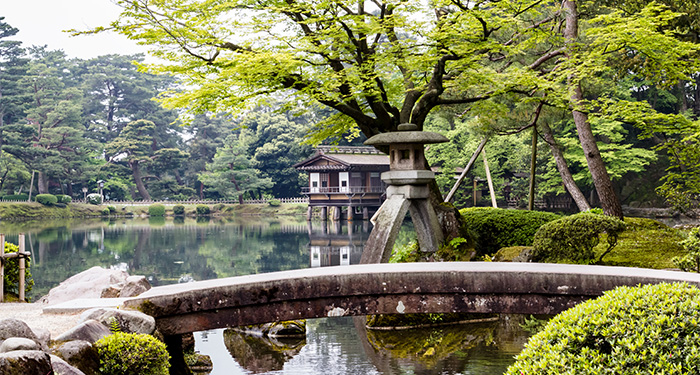
Ishikawa prefecture
My second destination, Ishikawa prefecture, offers similar isolation by the coast. Its capital Kanazawa is already well known as an alternative to Kyoto, and the number of visitors at the celebrated Kenrokuen Garden and its buzzy geisha and tea house district is testament to this.
So my journey takes me farther north, to Noto Peninsula. Thrusting 60 miles out into the Sea of Japan like a hook, the coastline is defined by craggy volcanic rock formations. As you might expect, life in this remote corner is focused on the ocean, with fishing, seaweed harvesting and salt production the main industries.
The exception is at Shiroyone Senmaida, where rice is grown on terraces fragmented up the side of a hill; it’s the last example of this age-old tradition in the area. The curvature of the land has also created a sheltered bay, where oysters thrive in the pristine, nutrient-rich waters.
Life in this remote corner is focused on the ocean
Delicate, briny and faintly sweet, they’re delicious plucked right out of the water. Or head to any local restaurant and you can have them barbecued, fried or cooked with rice. Good food aside, Noto Peninsula’s close-knit communities truly make this part of Japan special. Take Noto Island, where quaint fishing villages are dotted along the coast.
Each one hosts its own festival during harvest time, and everyone gets involved. Or Flatt’s guesthouse in Yanami, where Australia-born chef Ben Flatt and his Japanese wife Chikako showcase hyper-local ingredients on Wajima lacquerware sourced from nearby artisans. Even my taxi to the local airport is community-minded – it doubles as the town bus.
Unlike Tokyo or Kyoto, none of my friends will have heard of Gifu or Ishikawa. And I’m glad. By skipping the highlights, I’ve managed to sample some of the most authentic experiences Japan has to offer.
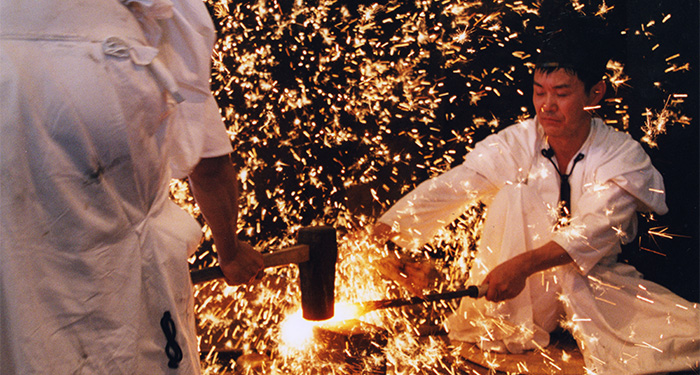
Ask the expert

Matt Spiller, trade sales and marketing manager, InsideJapan
“Most people visiting Japan will travel from Tokyo to Kyoto, but a trip away from the Golden Route means encountering fewer people. A 2.5-hour bullet train ride from Tokyo brings travellers to the coastal city of Kanazawa, home to well?preserved samurai districts and one of Japan’s most famous gardens.
It’s one of the few places outside of Kyoto with working geisha and tea house districts. With the Sea of Japan on one side and mountains on the other, there is some great food to be found here. A two-night stay is perfect, and it’s a great destination for self-guided travellers to explore on their own.
However, on escorted small?group tours the guide can share some of the best places to visit, especially for a good night out.”
Book it
InsideJapan offers a 14-night Traditional Japan self-guided cultural adventure from £2,140 (excluding international flights). It includes travel within Japan, stays in Kanazawa, a traditional B&B in Shirakawa-go and a guesthouse on the Nakasendo.
insidejapantours.com

PICTURES: : Shutterstock/Nor Gal, cowardlion.
Read more
x.travelweekly.co.uk/destinations/__trashed-18">The best cruises in Asia as the region reopens
x.travelweekly.co.uk/destinations/flights-top-5-route-relaunches">Top 5 flight relaunches for 2022/23
x.travelweekly.co.uk/destinations/japan-where-to-go-on-a-bullet-train-inspired-journey-from-tokyo-to-kyoto">Japan: Where to go on a ‘bullet train’ inspired journey from Tokyo to Kyoto

